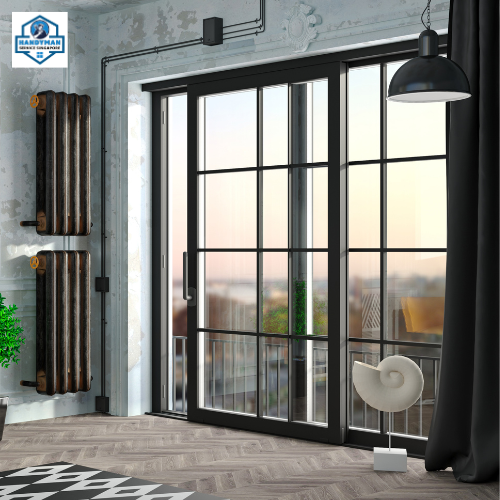
Smoother Slides: The Ultimate Guide to Sliding Door Roller Replacement
Publish date - 30/01/2024
Introduction:
Sliding doors offer a sleek and space-saving way to connect indoor and outdoor spaces or partition areas within your home. Their smooth operation depends largely on the condition of the rollers. Over time, these rollers can wear down due to constant use, leading to frustrating jams and uneven glides. However, the good news is that with the right tools, a bit of know-how, and a commitment to regular maintenance, you can replace sliding door rollers yourself, saving both time and money. In this comprehensive guide, we will walk you through the steps for a professional-grade sliding door roller replacement.
Why Replace Sliding Door Rollers?
Before diving into the replacement process, let's understand why it's necessary to replace sliding door rollers:
Smooth Operation: Sliding doors should glide effortlessly along their tracks. Damaged or worn-out rollers can hinder this smooth movement, making your doors difficult to open and close.
Prevent Further Damage: Delaying roller replacement can lead to additional damage to your door, tracks, and frame, resulting in more costly repairs down the line.
Energy Efficiency: Well-maintained doors with functioning rollers create a better seal, which helps in maintaining indoor temperature and conserving energy.
Tools and Materials You'll Need:
Gather the following tools and materials before you begin:
- New sliding door rollers
- Screwdriver (Phillips and flathead)
- Adjustable wrench
- Pry bar or putty knife
- Safety goggles and gloves
- Lubricating oil or silicone spray
- A partner (optional)
Step-by-Step Guide to Sliding Door Roller Replacement:
1. Safety First:
Always prioritize safety. Wear safety goggles and gloves to protect your eyes and hands during the replacement process.
2. Remove the Door:
a. Lift the sliding door panel slightly to alleviate pressure on the rollers. b. Locate the adjustment screws at the bottom of the door (usually near the corners). Loosen and remove these screws. c. Carefully slide the door off the track with the assistance of a partner if needed.
3. Access the Rollers:
a. Examine the bottom of the door to locate the rollers. They are typically secured with screws or brackets. b. Use a screwdriver to remove the screws or gently pry off the brackets holding the rollers in place.
4. Replace the Rollers:
a. Remove the old rollers and replace them with the new ones. b. Secure the new rollers using screws or brackets, ensuring they are aligned correctly.
5. Lubricate the Rollers:
a. Apply a liberal amount of lubricating oil or silicone spray to the rollers to ensure smooth operation.
6. Reinstall the Door:
a. Lift the door and carefully set it back onto the track. b. Reattach the adjustment screws on the bottom of the door. c. Adjust the screws to ensure the door is level and moves smoothly.
7. Test the Door:
Slide the door back and forth to ensure it moves effortlessly along the track. Make any necessary adjustments to the rollers or screws if needed.
Conclusion:
By following these steps, you can successfully replace your sliding door rollers, restoring the smooth operation of your doors. Regular maintenance and timely roller replacement can extend the life of your sliding doors and save you from costly repairs in the future. Enjoy the convenience and elegance of your sliding doors once again, knowing that you've mastered the art of sliding door roller replacement.